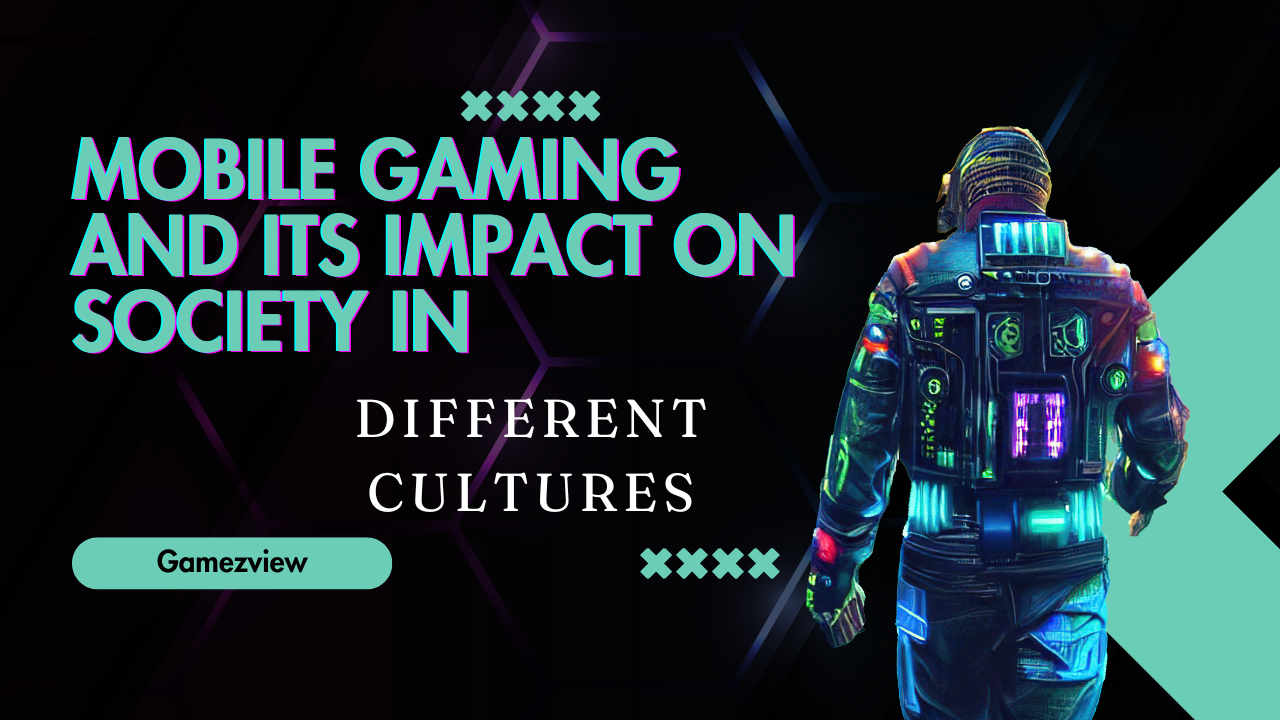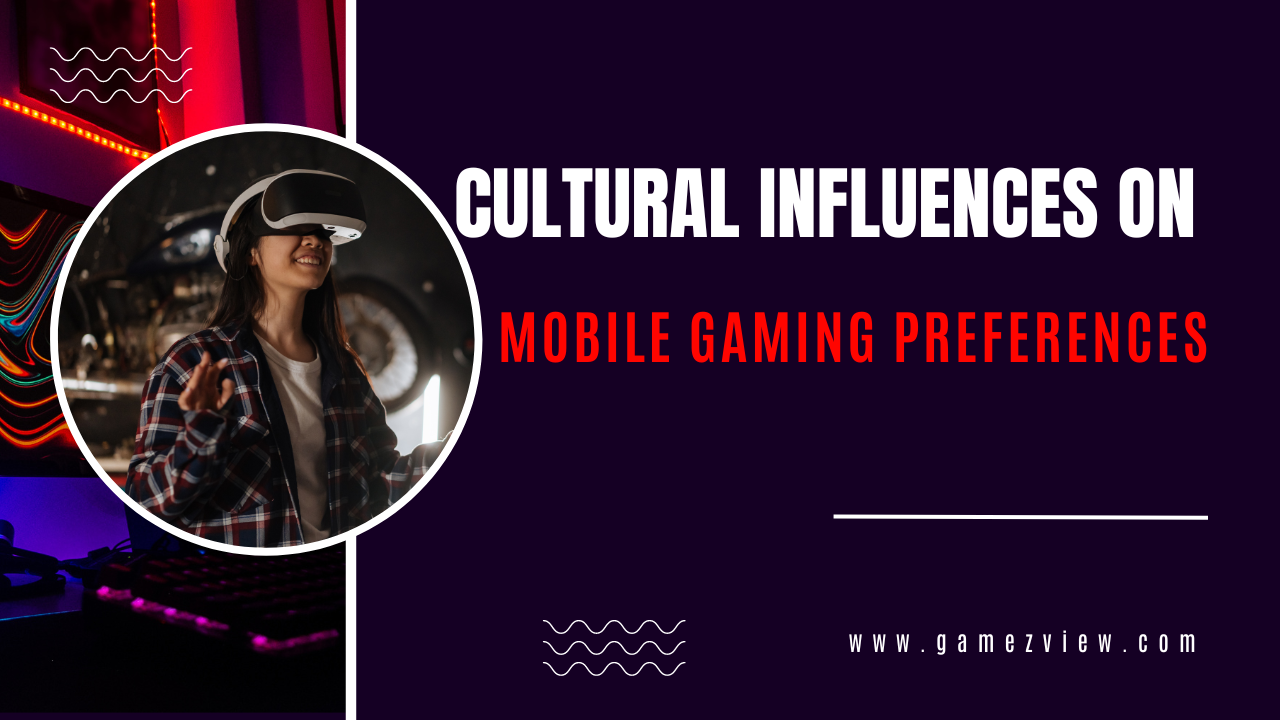Exploring the Evolution of Gaming: Gaming has evolved significantly over the years, transitioning from its humble beginnings to the modern era of immersive experiences and cutting-edge technology. In this article, we delve into the comparison between classic and modern gaming eras, examining the distinct characteristics, advancements, and impact of each.
Classic Gaming Era: Nostalgia and Simplicity
The classic gaming era, spanning from the late 1970s to the early 2000s, holds a special place in the hearts of many gamers. During this time, gaming was characterized by simplicity, pixelated graphics, and arcade-style gameplay.
1. Iconic Consoles and Games
Classic gaming is synonymous with iconic consoles such as the Atari 2600, Nintendo Entertainment System (NES), and Sega Genesis. These platforms introduced timeless classics like “Pac-Man,” “Super Mario Bros.,” and “Sonic the Hedgehog,” which remain beloved by gamers of all ages.
2. Limitations and Creativity
Despite technological limitations, classic game developers showcased remarkable creativity, crafting engaging experiences within constrained hardware capabilities. From side-scrolling platformers to 8-bit adventures, classic games captivated players with their simplicity and charm.
3. Social Gaming and Local Multiplayer
Classic gaming fostered social interactions through local multiplayer experiences, where friends and family gathered around a single screen to compete or cooperate in games like “Street Fighter II” and “Goldeneye 007.” These shared experiences created lasting memories and fueled the camaraderie among players.
Modern Gaming Era: Innovation and Immersion
The modern gaming era, characterized by technological advancements and immersive experiences, has transformed the landscape of interactive entertainment.
1. Cutting-Edge Graphics and Realism
Modern games boast photorealistic graphics, lifelike animations, and immersive worlds that push the boundaries of visual fidelity. From sprawling open worlds to cinematic storytelling, modern games offer unparalleled levels of realism and immersion.
2. Online Connectivity and Global Communities
The advent of online gaming has connected players worldwide, enabling collaborative gameplay, competitive esports, and virtual communities. Games like “Fortnite,” “League of Legends,” and “Call of Duty” have amassed millions of players, forming vibrant online ecosystems and competitive scenes.
3. Innovation and Technological Advancements
Modern gaming continues to innovate with advancements in artificial intelligence, virtual reality, and augmented reality. From procedurally generated worlds to adaptive gameplay systems, developers push the boundaries of innovation to deliver groundbreaking experiences.
Embracing the Diversity of Gaming
Both classic and modern gaming eras offer unique experiences and contributions to the gaming industry. While classic gaming evokes nostalgia and simplicity, modern gaming excels in innovation and immersion. As gaming continues to evolve, embracing the diversity of gaming eras enriches the experiences of players worldwide.
FAQs (Frequently Asked Questions)
1. What defines the classic gaming era?
The classic gaming era is characterized by simplicity, iconic consoles like the Atari 2600 and NES, pixelated graphics, and arcade-style gameplay.
2. How does modern gaming differ from classic gaming?
Modern gaming features cutting-edge graphics, online connectivity, virtual communities, and technological advancements like artificial intelligence and virtual reality.
3. What are some examples of classic games?
Classic games include “Pac-Man,” “Super Mario Bros.,” “The Legend of Zelda,” “Sonic the Hedgehog,” and “Tetris.”
4. What are some examples of modern games?
Modern games include “Fortnite,” “Call of Duty: Warzone,” “The Witcher 3: Wild Hunt,” “Red Dead Redemption 2,” and “Cyberpunk 2077.”
5. How has gaming evolved over the years?
Gaming has evolved from simple arcade experiences to complex, immersive worlds with cutting-edge graphics, online connectivity, and global communities.
6. What are the key factors driving innovation in modern gaming?
Key factors driving innovation include advancements in technology, increased computing power, online connectivity, and the demand for immersive experiences.





